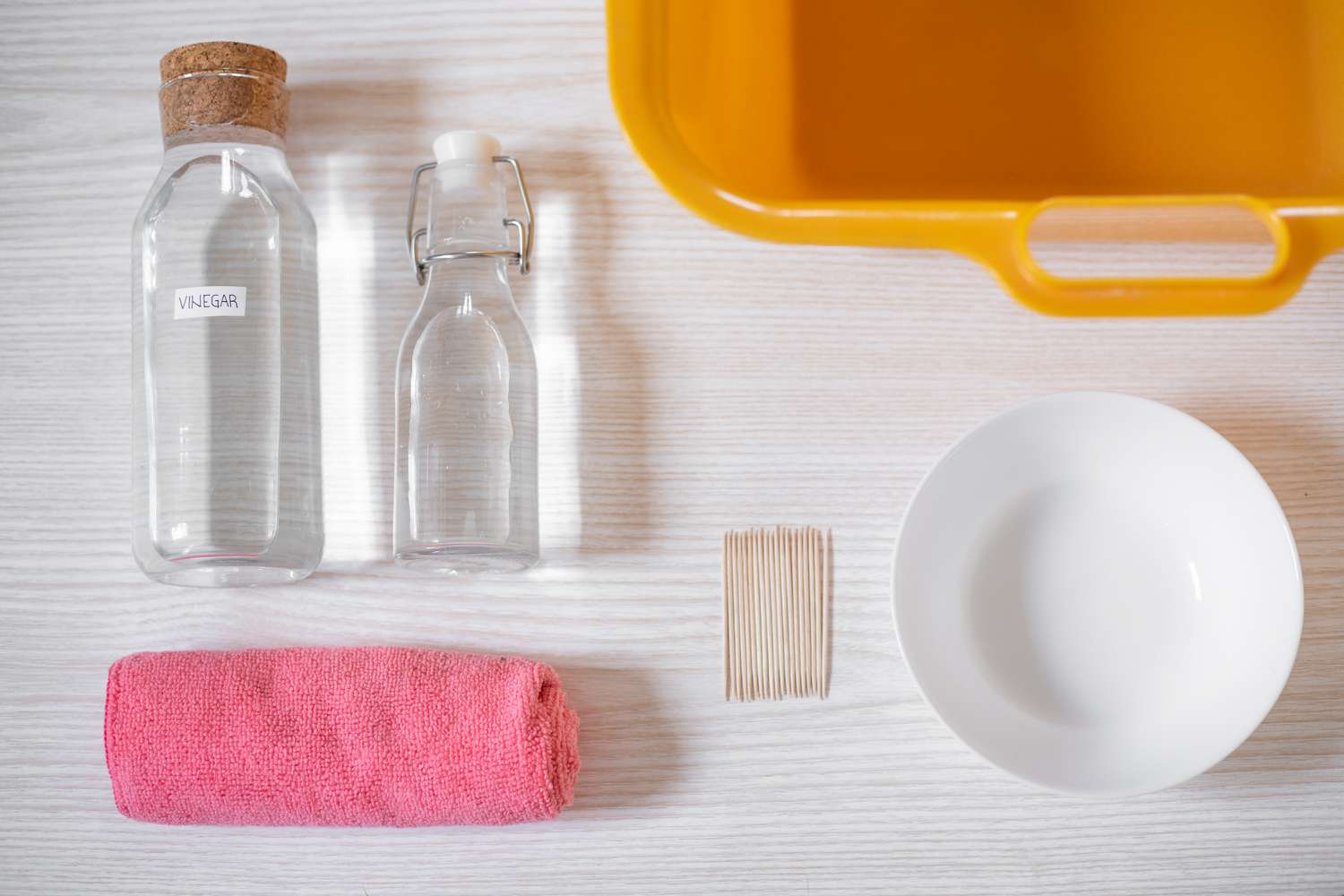

Articles
How To Descale A Steamer
Modified: January 6, 2024
Learn how to descale your steamer with our helpful articles. Remove mineral deposits and keep your steamer running smoothly for longer.
(Many of the links in this article redirect to a specific reviewed product. Your purchase of these products through affiliate links helps to generate commission for Storables.com, at no extra cost. Learn more)
Introduction
Welcome to our comprehensive guide on how to descale a steamer! If you own a steamer, you know how essential it is for keeping your clothes, curtains, and upholstery wrinkle-free. However, over time, mineral deposits from hard water can accumulate in the steamer, resulting in scaling. Scaling not only affects the performance of your steamer but can also lead to clogs and ultimately damage the appliance.
In this article, we will explore what scaling is and why it matters, the signs of scaling in a steamer, precautions to take before descaling, a step-by-step guide on how to descale a steamer, alternative methods for descaling, and tips to maintain a scale-free steamer. So, let’s dive in and restore the functionality and efficiency of your steamer!
Key Takeaways:
- Descaling your steamer is crucial to maintain its performance and longevity. Recognize the signs of scaling, take necessary precautions, and follow a step-by-step guide to effectively descale your steamer using common household items.
- In addition to the vinegar and water solution, alternative descaling methods such as lemon juice, citric acid, and commercial descalers can be used. Adopting routine maintenance practices and following manufacturer’s guidelines can help maintain a scale-free steamer and ensure optimal performance.
Read more: How To Descale Dupray Steamer
What is Scaling and Why it Matters
Scaling refers to the accumulation of mineral deposits, primarily calcium and magnesium, on the surfaces of appliances that come into contact with water. When water with high mineral content, known as hard water, is heated, the minerals crystallize and form a hard, crusty layer on the steamer. This layer reduces the steamer’s efficiency by obstructing the steam flow and can lead to clogs in the appliance.
But why does scaling matter? Well, apart from impeding the steamer’s performance, scaling can also have several other negative effects:
- Reduced lifespan: The presence of scale can cause internal components of the steamer to corrode, leading to premature failure of the appliance. This can result in costly repairs or the need for a replacement.
- Poor steam quality: Scaling affects the quality of the steam produced by the steamer. Instead of a smooth, consistent flow, you may notice sputtering or uneven distribution of steam, which can lead to unsatisfactory results when steaming your garments.
- Uneven heating: The layer of scale on the heating element can disrupt proper heat distribution, resulting in uneven heating of the water and steam. This can lead to inconsistent steaming and potential damage to delicate fabrics.
- Elevated energy consumption: When the heating element is coated with scale, it requires more energy to heat the water and generate steam. This can result in increased energy consumption and higher utility bills.
Therefore, it is crucial to address scaling in your steamer to maintain its performance, extend its lifespan, and ensure the best results when steaming your clothes and other fabrics. In the next section, we will discuss the signs that indicate scaling in a steamer, enabling you to take prompt action for descaling.
Signs of Scaling in a Steamer
Recognizing the signs of scaling in your steamer is important to address the issue before it worsens. Here are some common indicators that your steamer may be affected by scaling:
- Reduced steam output: If you notice a significant decrease in the amount of steam produced by your steamer, it could be a sign of scaling. The mineral deposits can clog the steam vents and restrict the flow of steam, leading to lower steam output and decreased efficiency.
- Poor steam quality: When scaling builds up, it can result in impurities being released into the steam, causing the steam to be discolored, emit an unpleasant odor, or leave behind residue on your clothes. These issues can affect the steaming process and the appearance of your garments.
- Inconsistent heating: Scaling on the heating element can hinder its ability to distribute heat evenly. As a result, you may experience uneven heating of the water and steam, leading to hot spots or inadequate steam production in certain areas of the steamer.
- Noisy operation: If you hear unusual noises, such as gurgling or hissing sounds, coming from your steamer, it could be an indication that scaling has accumulated in the internal pipes or heating element. The restricted flow of water and steam through the scaled components can cause these noises.
- Longer heating time: Scaling can act as an insulating layer on the heating element, making it harder for the water to reach the desired temperature. This can result in longer heating times and delays in the steaming process.
If you have noticed any of these signs in your steamer, it is essential to take action to descale it. Neglecting scaling can lead to further complications and potentially permanent damage to your appliance. In the next section, we will discuss some precautions you should take before descaling your steamer to ensure a safe and effective process.
Precautions before Descaling
Before you begin the descaling process for your steamer, it is important to take some precautions to ensure the safety of both yourself and the appliance. Here are some steps to follow:
- Refer to the manufacturer’s instructions: Different steamers may have specific descaling instructions provided by the manufacturer. It is crucial to consult the user manual or the manufacturer’s website for any specific guidelines or restrictions.
- Unplug the steamer: Always unplug the steamer from the power source before initiating any cleaning or maintenance procedures. This will minimize the risk of electrical accidents.
- Allow the steamer to cool down: Steamers generate heat to produce steam, and the heating element can remain hot even after the appliance is turned off. Give it enough time to cool down before handling to avoid burns or injuries.
- Prepare a well-ventilated area: Descaling can sometimes release fumes or strong odors. It is advisable to perform the descaling process in a well-ventilated area to avoid inhaling any potentially harmful substances.
- Use appropriate safety gear: To protect yourself, consider wearing gloves and safety goggles while handling cleaning solutions or descaling agents. Follow the instructions provided by the manufacturer of the descaling agent.
- Dispose of descaling solution properly: After descaling, ensure that any remaining descaling solution is disposed of according to local regulations. Avoid pouring it down the drain unless specified safe to do so.
By taking these precautions, you can minimize the risks associated with the descaling process and ensure a safe and successful cleaning of your steamer. Now that you are ready to proceed, let’s move on to the step-by-step guide on how to descale a steamer.
Use a mixture of equal parts water and white vinegar to descale your steamer. Fill the steamer with the solution, let it sit for an hour, then rinse thoroughly.
Step-by-Step Guide to Descaling a Steamer
Descaling your steamer is a relatively simple process that can be done using common household items. Follow these step-by-step instructions to effectively descale your steamer:
- Prepare the descaling solution: Mix equal parts of white vinegar and water in a container. The amount needed will depend on the size of your steamer. Alternatively, you can use a descaling agent specifically designed for steamers, following the instructions provided.
- Empty and clean the water tank: Before you begin the descaling process, make sure the steamer’s water tank is empty. If there is any water left in the tank, pour it out and rinse the tank thoroughly with clean water.
- Fill the water tank with the descaling solution: Pour the prepared descaling solution into the water tank of the steamer. Make sure to fill it up to the recommended level indicated by the manufacturer.
- Turn on the steamer and allow it to heat up: Plug in the steamer and turn it on. Allow it to heat up until steam starts to emit. This will help the descaling solution circulate through the steamer and dissolve the mineral deposits.
- Run the steamer for a few minutes: Once the steamer has heated up, let it run for about 5-10 minutes. This allows the descaling solution to work on the scaling and break it down.
- Turn off the steamer and let it sit: After running the steamer, switch it off and let it sit for around 15-20 minutes. This gives the descaling solution enough time to work on loosening the scale buildup.
- Drain the descaling solution: Carefully drain the descaling solution from the water tank. Rinse the tank thoroughly with clean water multiple times to remove any residue of the descaling solution.
- Wipe down the steamer: Use a clean cloth or sponge to wipe down the exterior surfaces of the steamer. Pay attention to areas with visible scaling or residue and ensure they are thoroughly cleaned.
- Test the steamer: Fill the water tank with clean water and turn on the steamer. Run it for a few minutes to ensure there are no remaining traces of the descaling solution or scaling.
Following these steps will help you effectively descale your steamer and restore its performance. If you prefer alternative methods or descaling agents, we will explore those options in the next section.
Read more: How To Descale A Electric Kettle
Alternative Methods for Descaling
While the vinegar and water solution is a commonly used and effective method for descaling steamers, there are alternative methods you can try if you don’t have vinegar on hand or prefer different descaling agents. Here are a few options:
- Lemon Juice: Lemon juice, with its natural acidic properties, can be used as an alternative to vinegar. Simply mix fresh lemon juice with water in equal parts and follow the same descaling process as mentioned earlier.
- Citric Acid: Citric acid is another effective descaling agent that can be purchased in the form of a powder or crystals. Dissolve the recommended amount of citric acid in water, following the instructions provided, and proceed with the descaling process.
- Denture Cleaning Tablets: Denture cleaning tablets that contain active ingredients like sodium bicarbonate and citric acid can also be used to descale a steamer. Dissolve the tablets in water according to the instructions on the packaging and run the steamer with the solution as usual.
- Commercial Descalers: There are a variety of commercial descaling products available on the market specifically designed for steamers and other appliances. Follow the instructions provided by the manufacturer for the recommended usage and dosage.
It’s important to note that when using alternative descaling methods, always refer to the proper instructions and safety precautions provided by the product manufacturer. Additionally, thoroughly rinse the steamer with clean water after completing the descaling process to remove any residual descaling agent.
Remember, prevention is key to minimizing scaling in your steamer. Regularly emptying and cleaning the water tank, using distilled or filtered water, and following manufacturer-recommended maintenance practices can help prevent excessive scaling and the need for frequent descaling.
Now that you have learned alternative methods for descaling, let’s explore some tips to maintain a scale-free steamer.
Tips to Maintain a Scale-free Steamer
Keeping your steamer scale-free requires routine maintenance and adopting certain practices. Here are some helpful tips to maintain a scale-free steamer:
- Use distilled or filtered water: Using distilled or filtered water can significantly reduce the mineral content and prevent scaling in your steamer. Avoid using tap water that contains high levels of minerals.
- Empty and clean the water tank after each use: After every steaming session, empty the water tank of your steamer and rinse it with clean water. This prevents any residual water from evaporating and leaving behind minerals that contribute to scaling.
- Regularly descale your steamer: As a preventative measure, descale your steamer every few months, or as recommended by the manufacturer. This helps remove any minor scaling build-up and keeps your steamer running smoothly.
- Inspect and clean the steam vents: Regularly check the steam vents and remove any debris or residue using a cotton swab or soft brush. Clean vents ensure proper steam flow and prevent clogs that can lead to scaling.
- Store your steamer properly: When not in use, store your steamer in a clean and dry location. Avoid exposing it to extreme temperatures and humidity, as these conditions can promote mineral deposit formation.
- Follow manufacturer’s guidelines: Always refer to the manufacturer’s instructions and guidelines for proper care and maintenance of your specific steamer model. They are the best source of information on how to clean and maintain your steamer effectively.
- Consider using a water softener: If you live in an area with exceptionally hard water, using a water softener in your steamer can help reduce mineral deposits and scaling. However, make sure to follow the manufacturer’s recommendations for the correct usage.
By incorporating these tips into your steamer maintenance routine, you can extend the lifespan of your appliance and ensure optimal performance without the hindrance of scaling.
Now that you are equipped with knowledge on descaling and maintaining a scale-free steamer, you can enjoy wrinkle-free garments and efficient steaming for years to come!
Disclaimer: The information provided in this article is for educational purposes only. Always follow the manufacturer’s instructions and precautions when descaling or maintaining your steamer.
Conclusion
Maintaining a scale-free steamer is essential for optimal performance and longevity of the appliance. Scaling can impair the steamer’s functionality, result in poor steam quality, and even cause irreparable damage. By understanding what scaling is, recognizing the signs of scaling, and taking the necessary precautions, you can effectively descale your steamer and prevent future scaling issues.
In this comprehensive guide, we covered the importance of descaling, the signs of scaling in a steamer, precautions to take before descaling, a step-by-step guide on how to descale a steamer, alternative descaling methods, and tips to maintain a scale-free steamer.
Remember to consult the manufacturer’s instructions, unplug the steamer before cleaning, and provide adequate ventilation when using descaling agents. Additionally, regular maintenance practices such as using distilled or filtered water, cleaning the water tank after each use, and following the manufacturer’s guidelines can help prevent scaling and ensure the longevity of your steamer.
By following the tips and techniques outlined in this article, you can maintain a scale-free steamer that efficiently produces high-quality steam, keeping your clothes, curtains, and upholstery wrinkle-free and fresh. Enjoy the convenience and effectiveness of a well-maintained steamer, providing you with crisp and professional-looking results.
Now, armed with this knowledge, go ahead and descale your steamer, and enjoy a seamless steaming experience!
Frequently Asked Questions about How To Descale A Steamer
Was this page helpful?
At Storables.com, we guarantee accurate and reliable information. Our content, validated by Expert Board Contributors, is crafted following stringent Editorial Policies. We're committed to providing you with well-researched, expert-backed insights for all your informational needs.

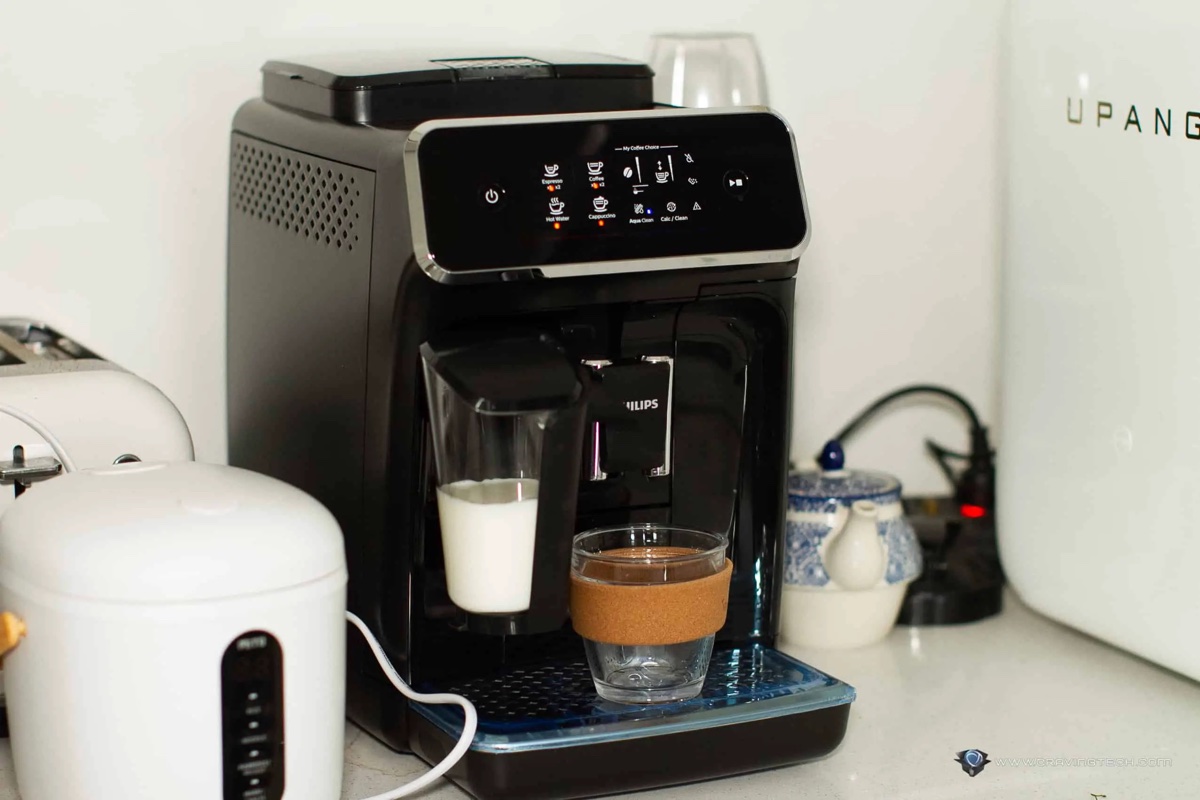
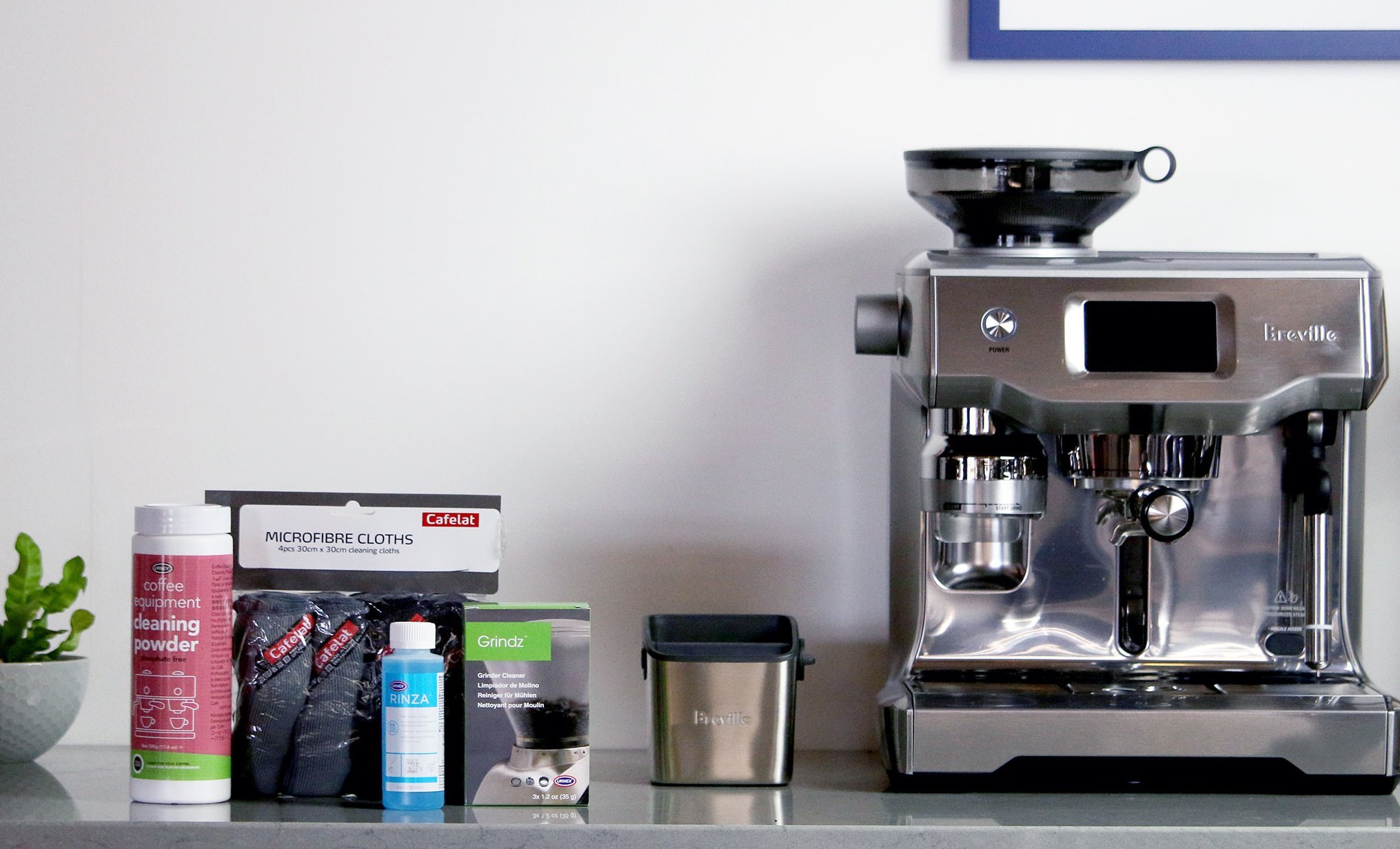
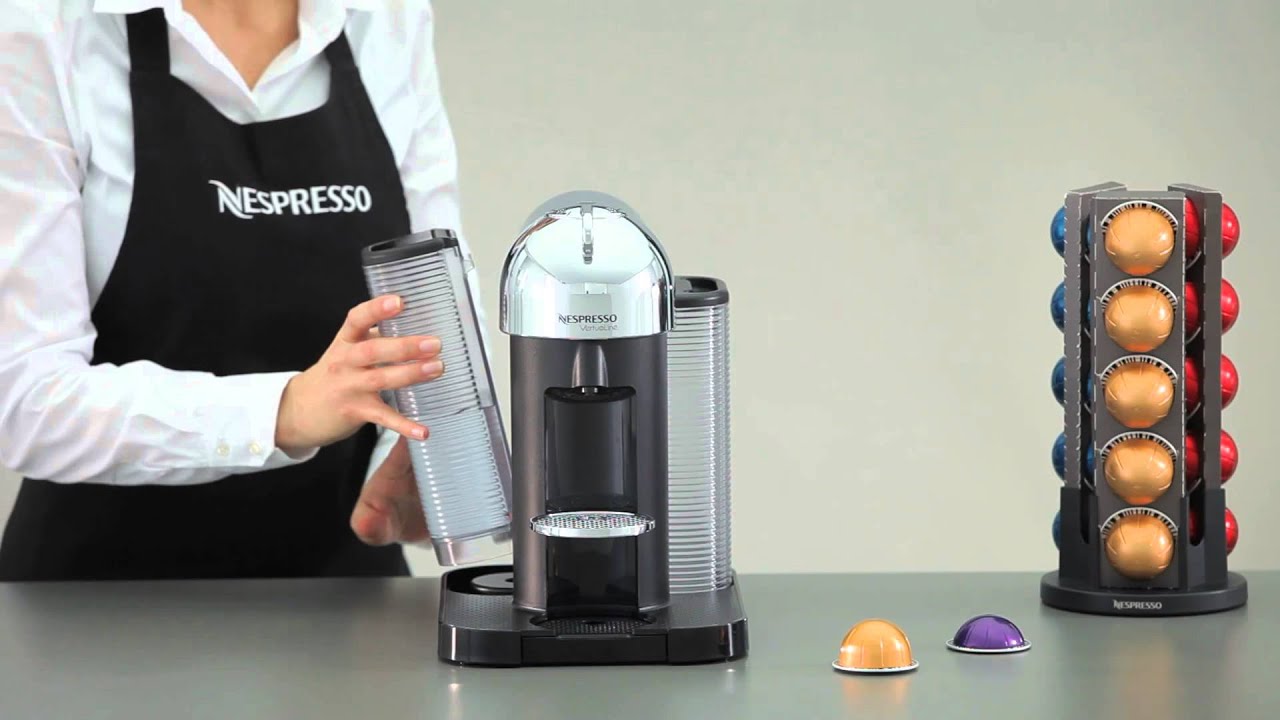
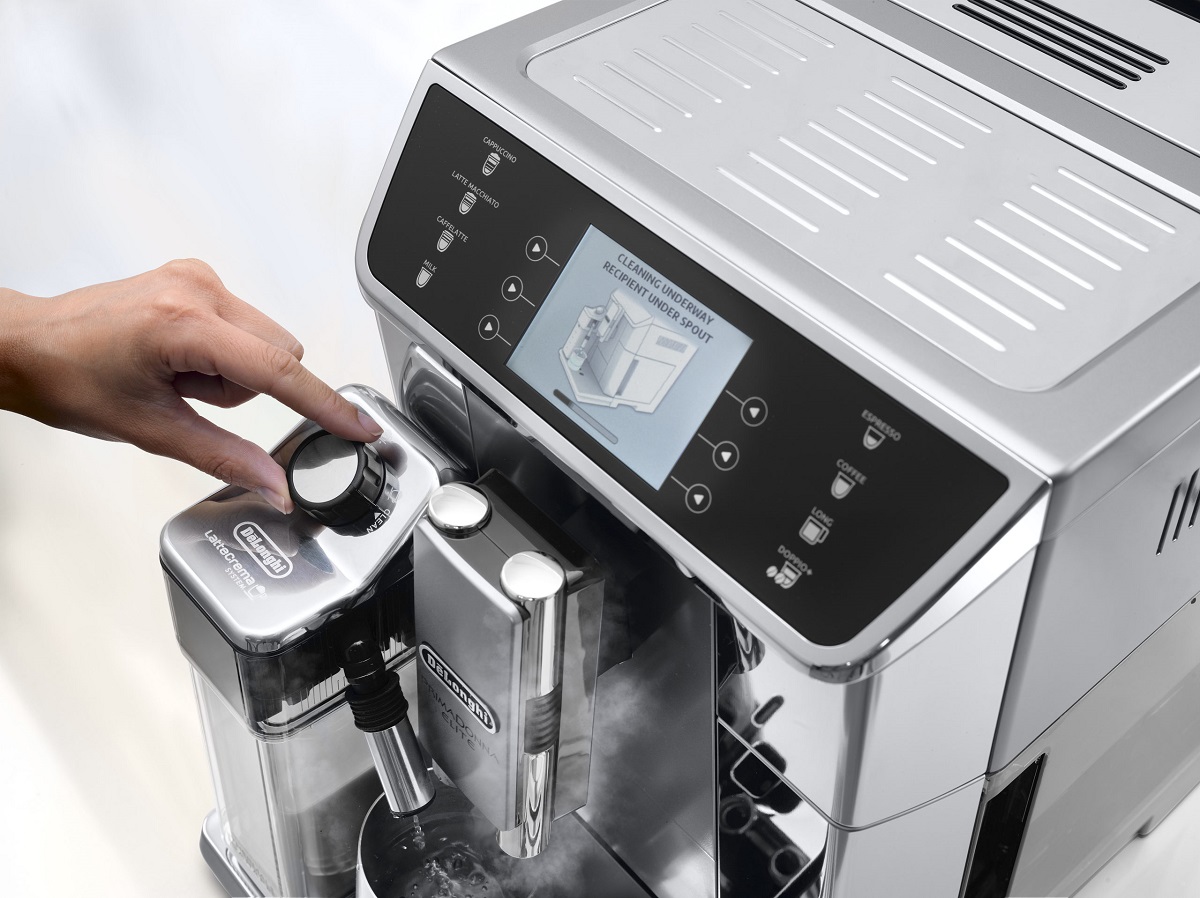
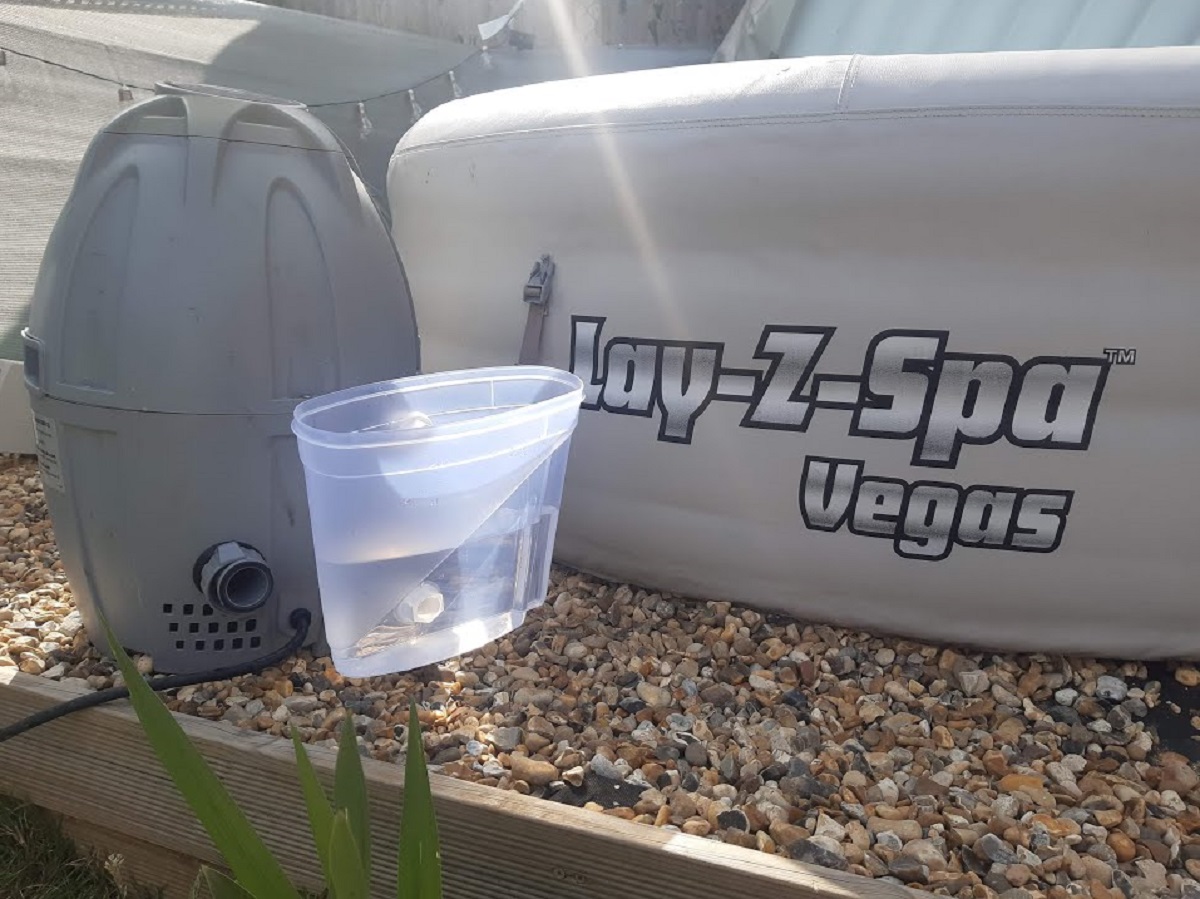
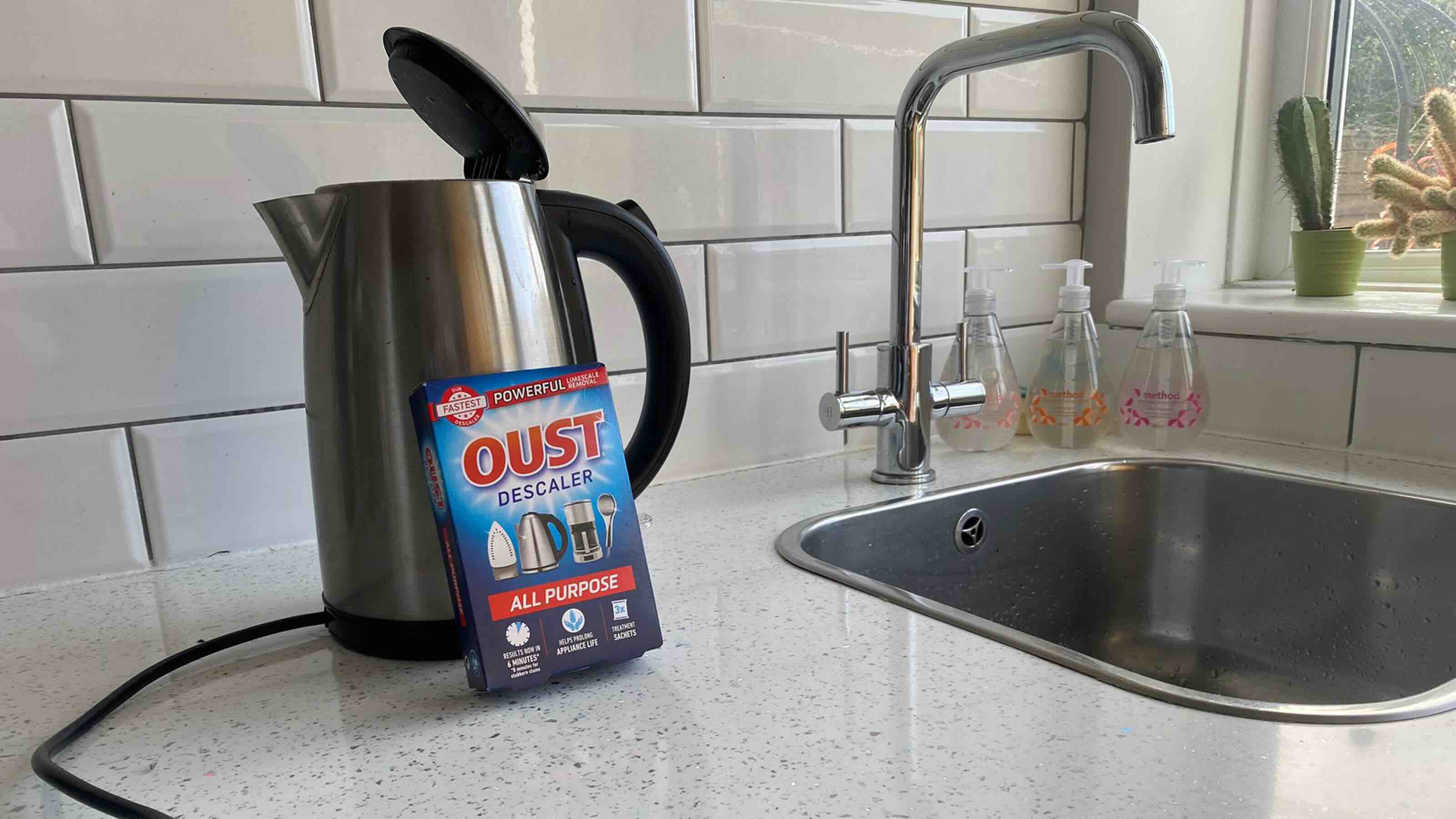
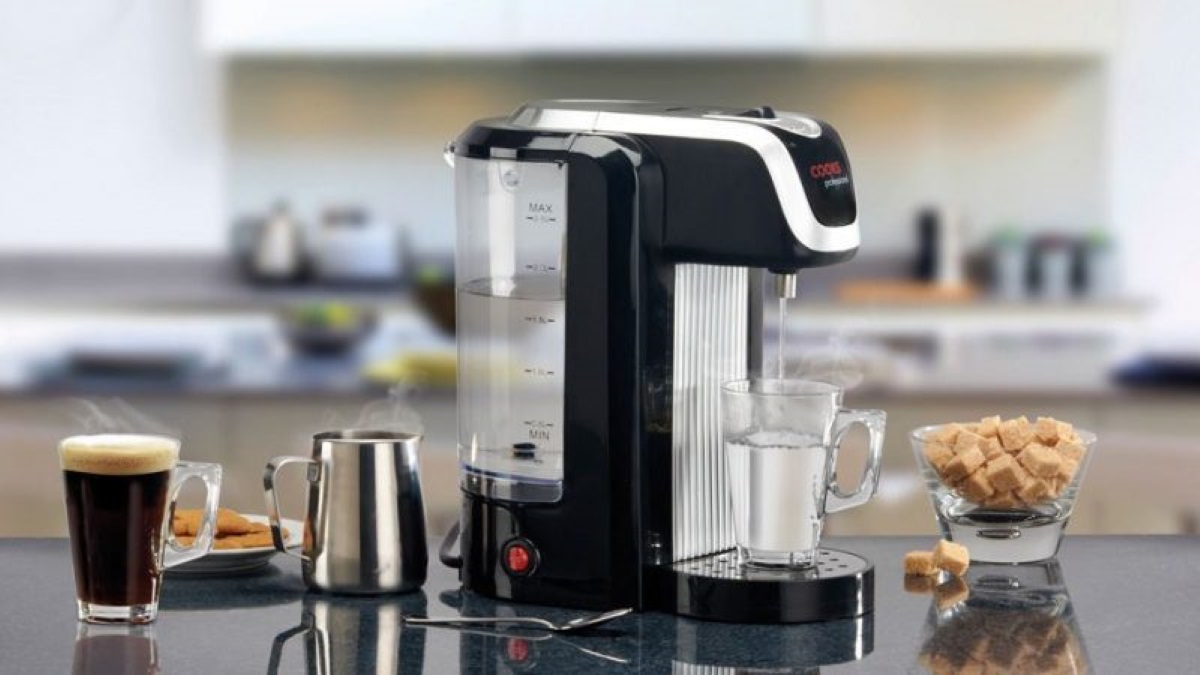
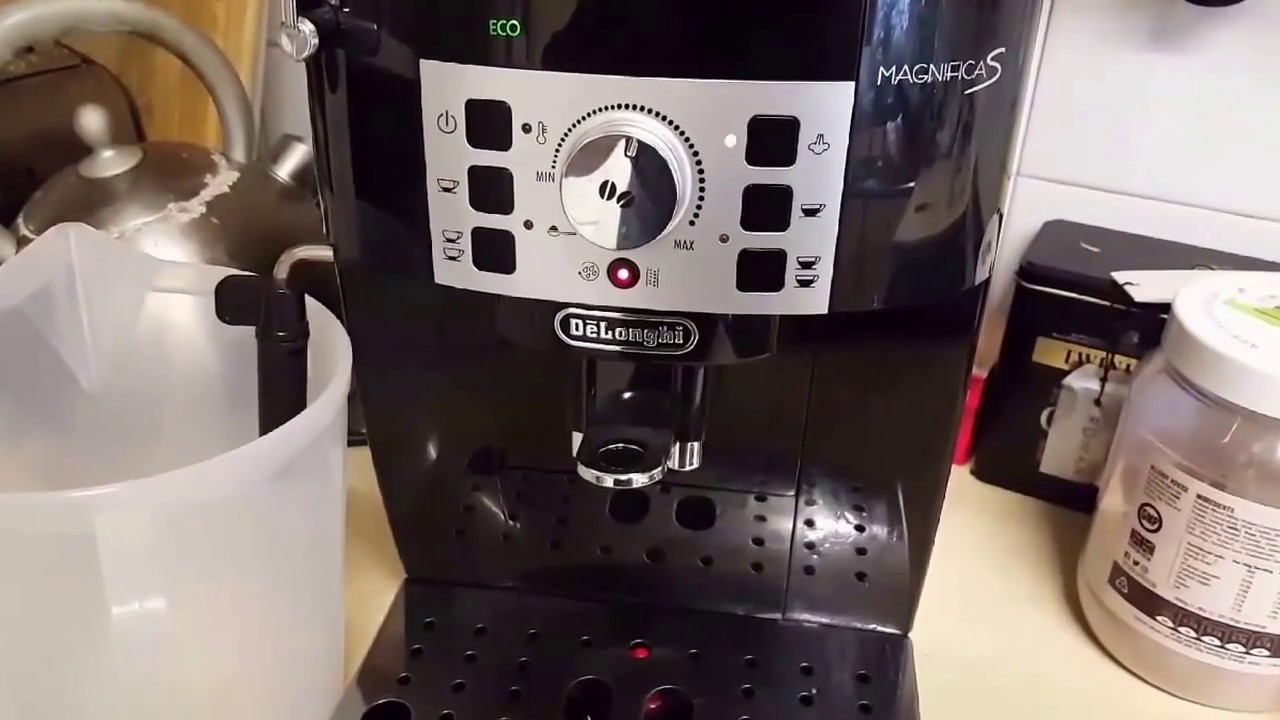
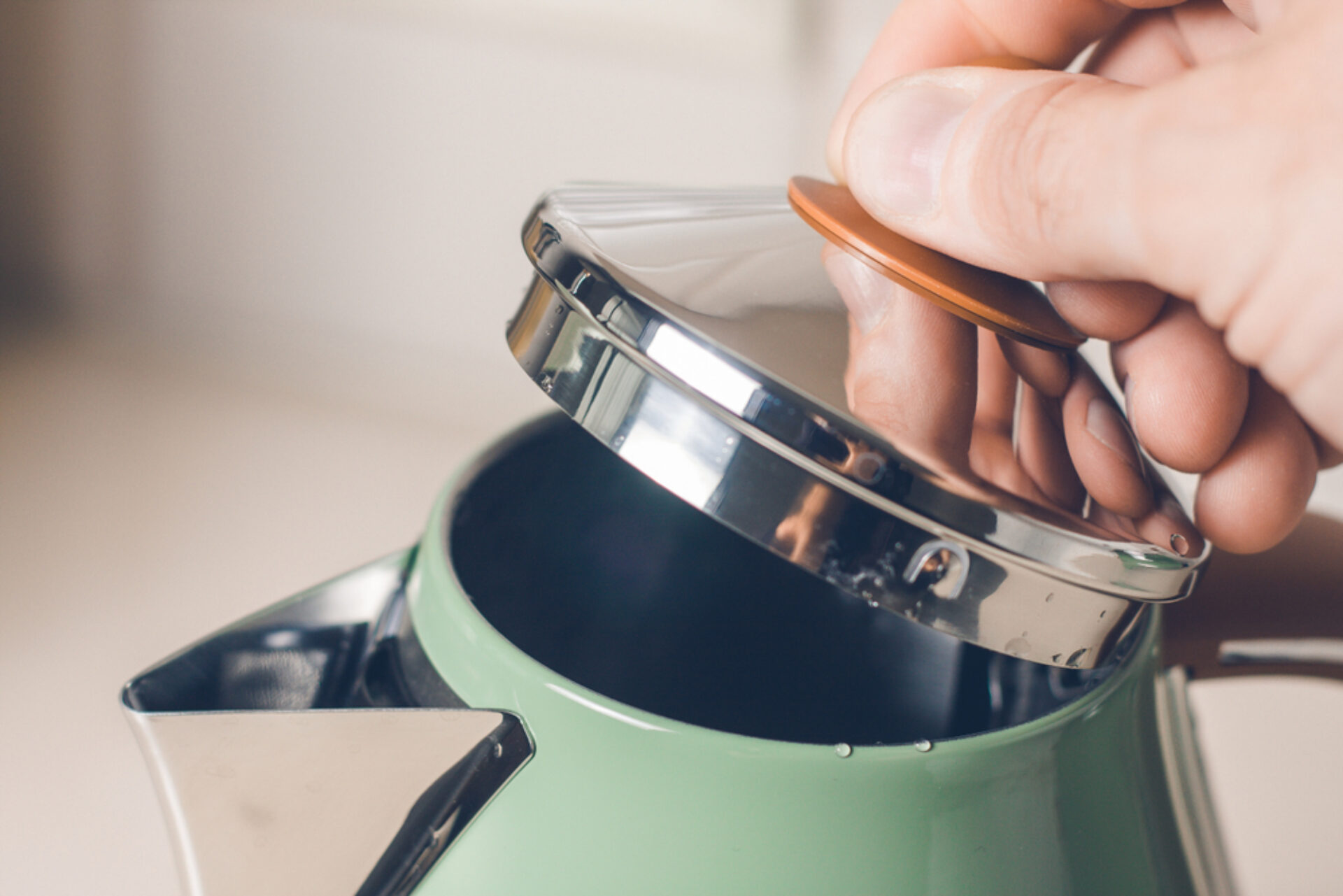

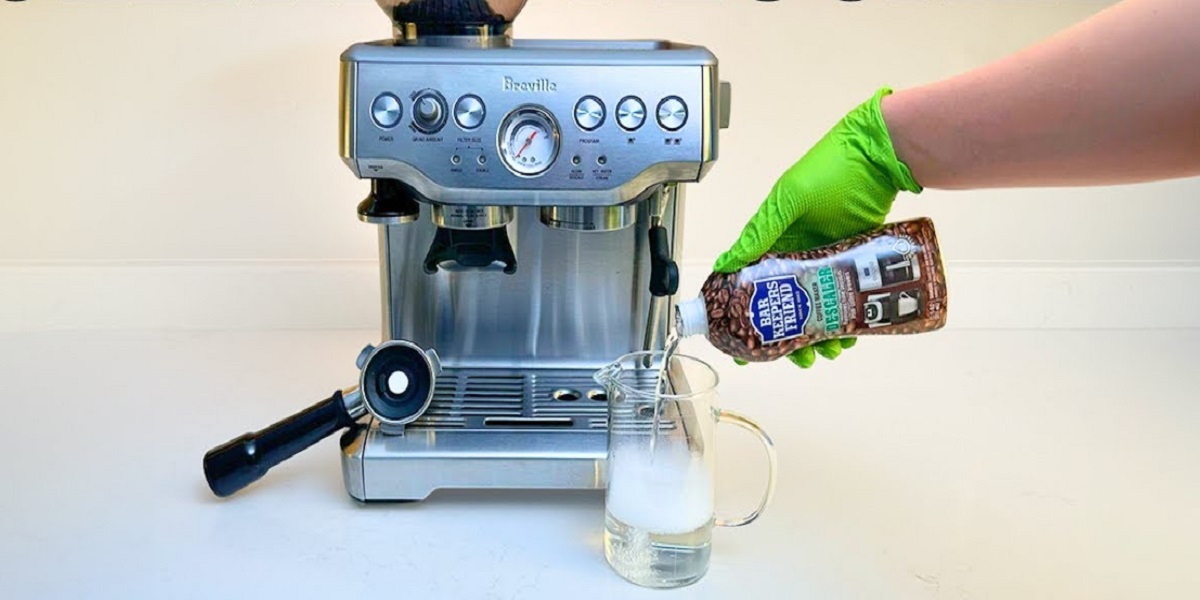
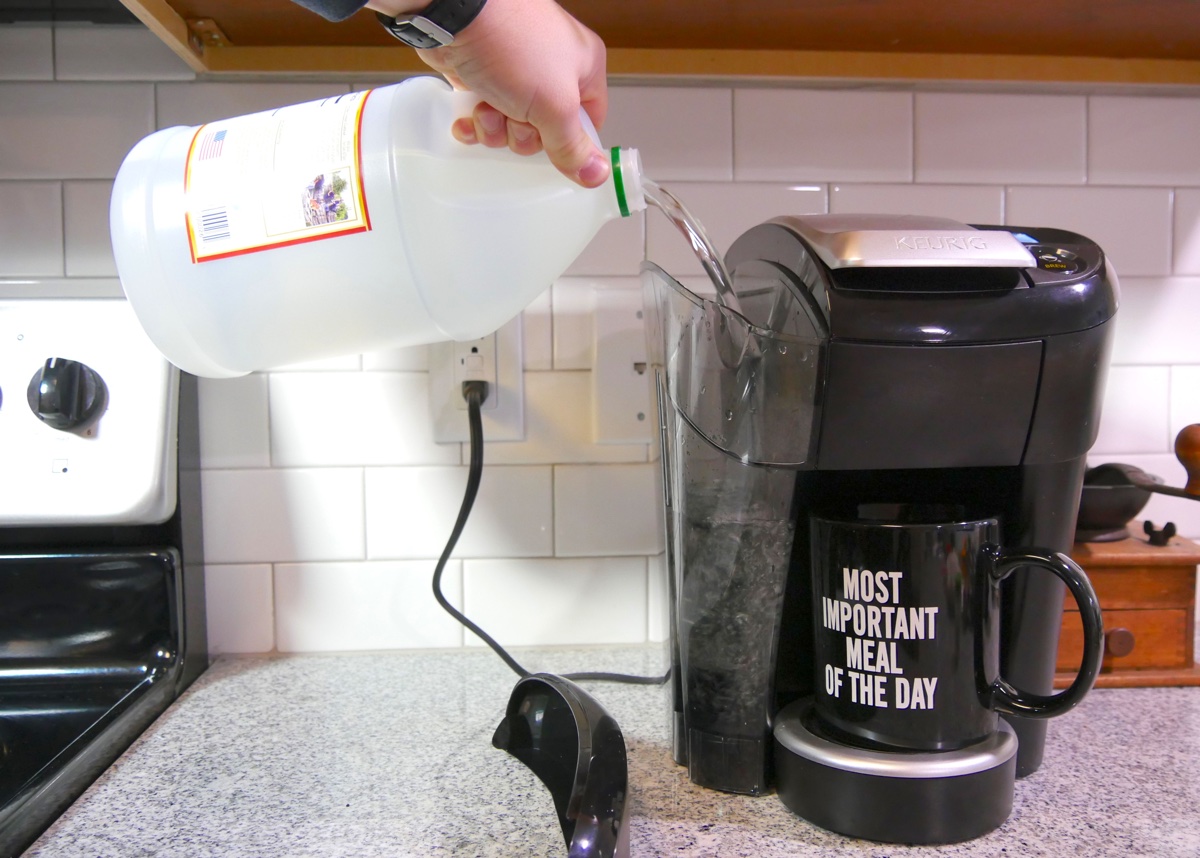
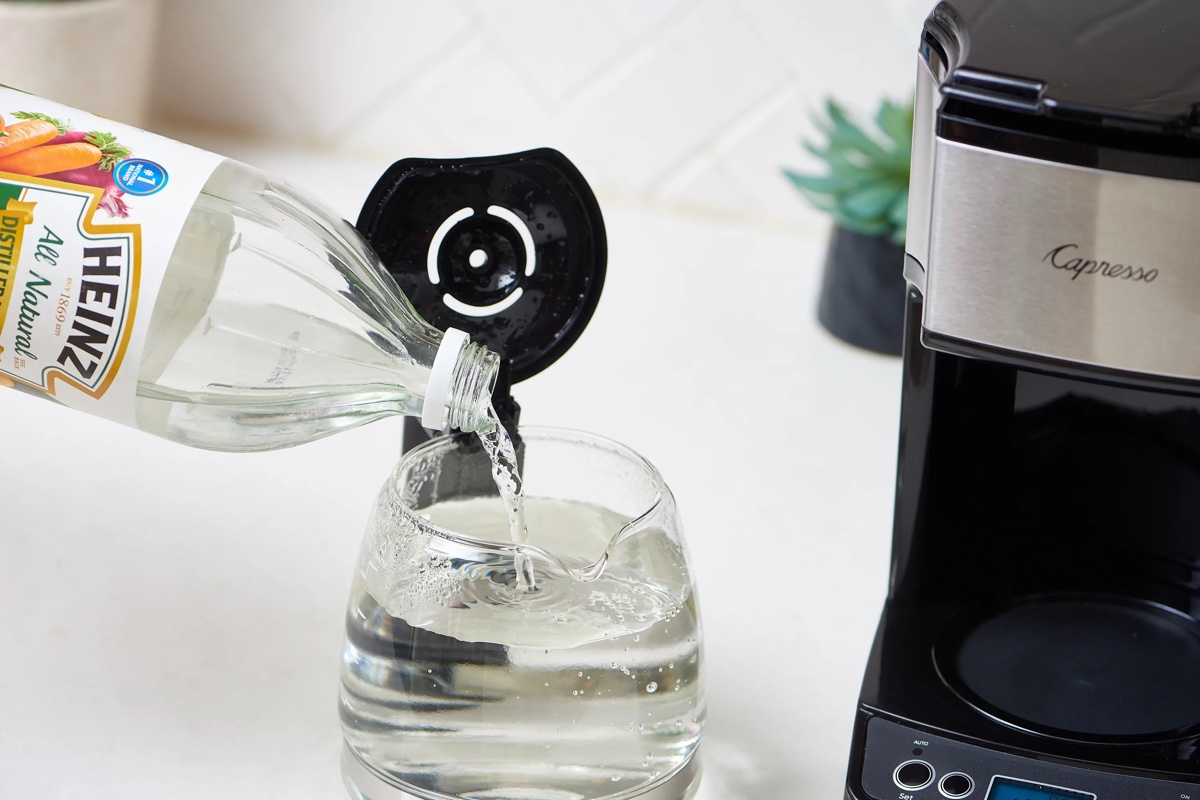

0 thoughts on “How To Descale A Steamer”